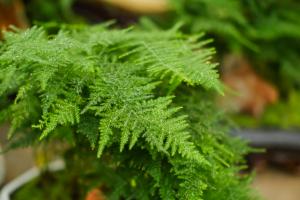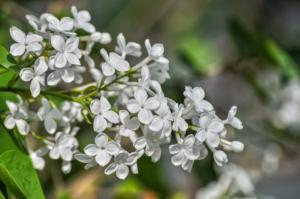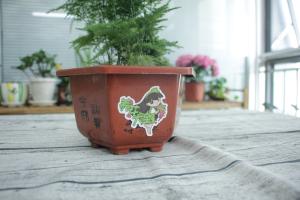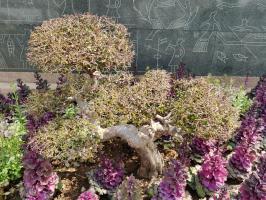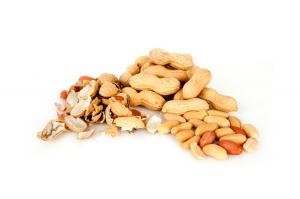1、 Sowing time
It is easier to sow in the warm climate from March to September, and it is easier to germinate in the spring, especially in the spring. If in summer, high temperature and strong light are easy to burn seedlings, which is not conducive to their development. In winter, because the temperature is too low, it affects the growth of roots
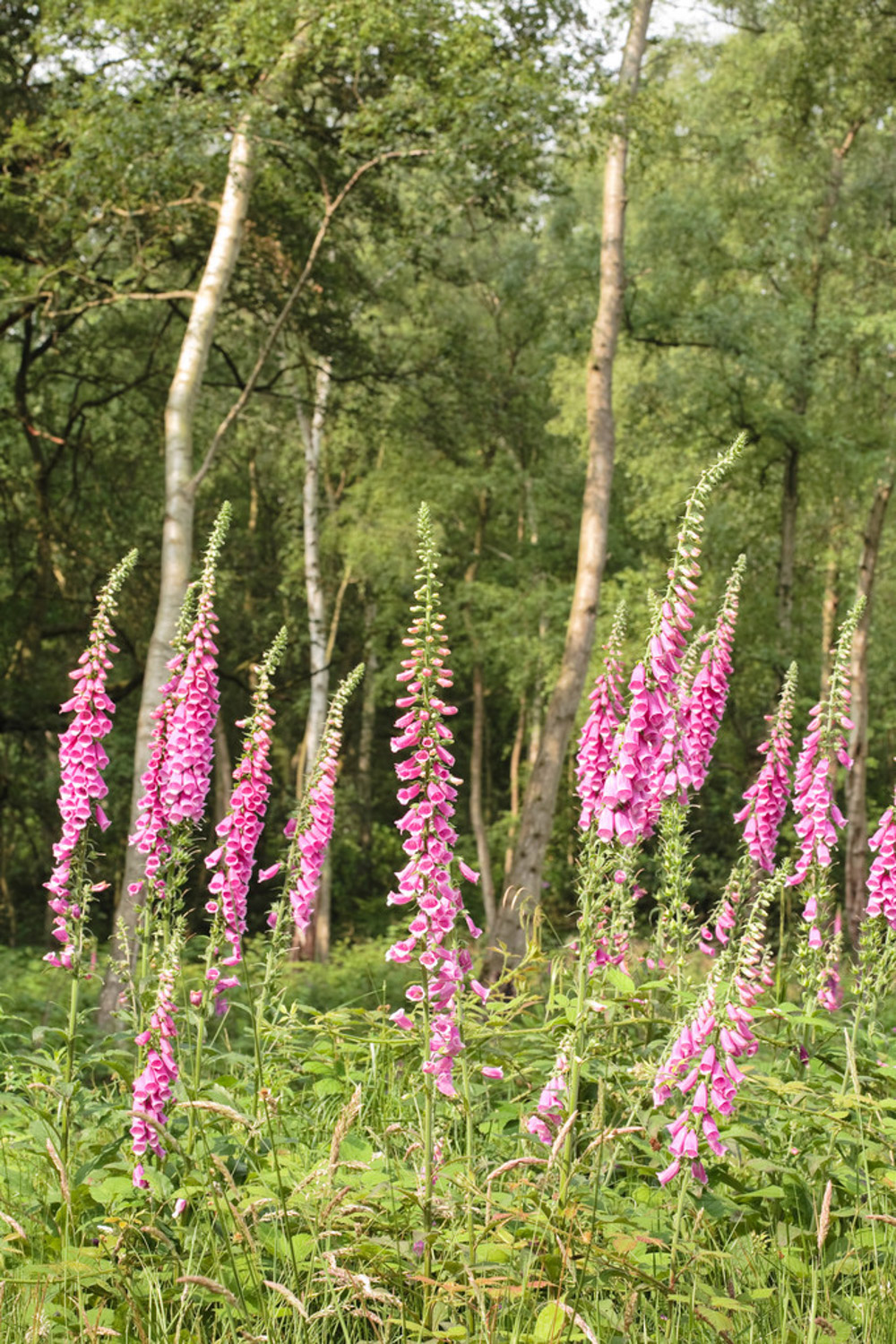
2、 Germination treatment
In order to improve the germination rate of Rehmannia glutinosa, germination can be accelerated before sowing. Soak the seed in 20 ℃ water for a period of time and let it fully absorb water, so it is easier to take root. In addition, if you want to reduce the probability of disease in the seedling stage, you can soak it in potassium permanganate solution, which can have the effect of disinfection and sterilization and prevent a variety of diseases
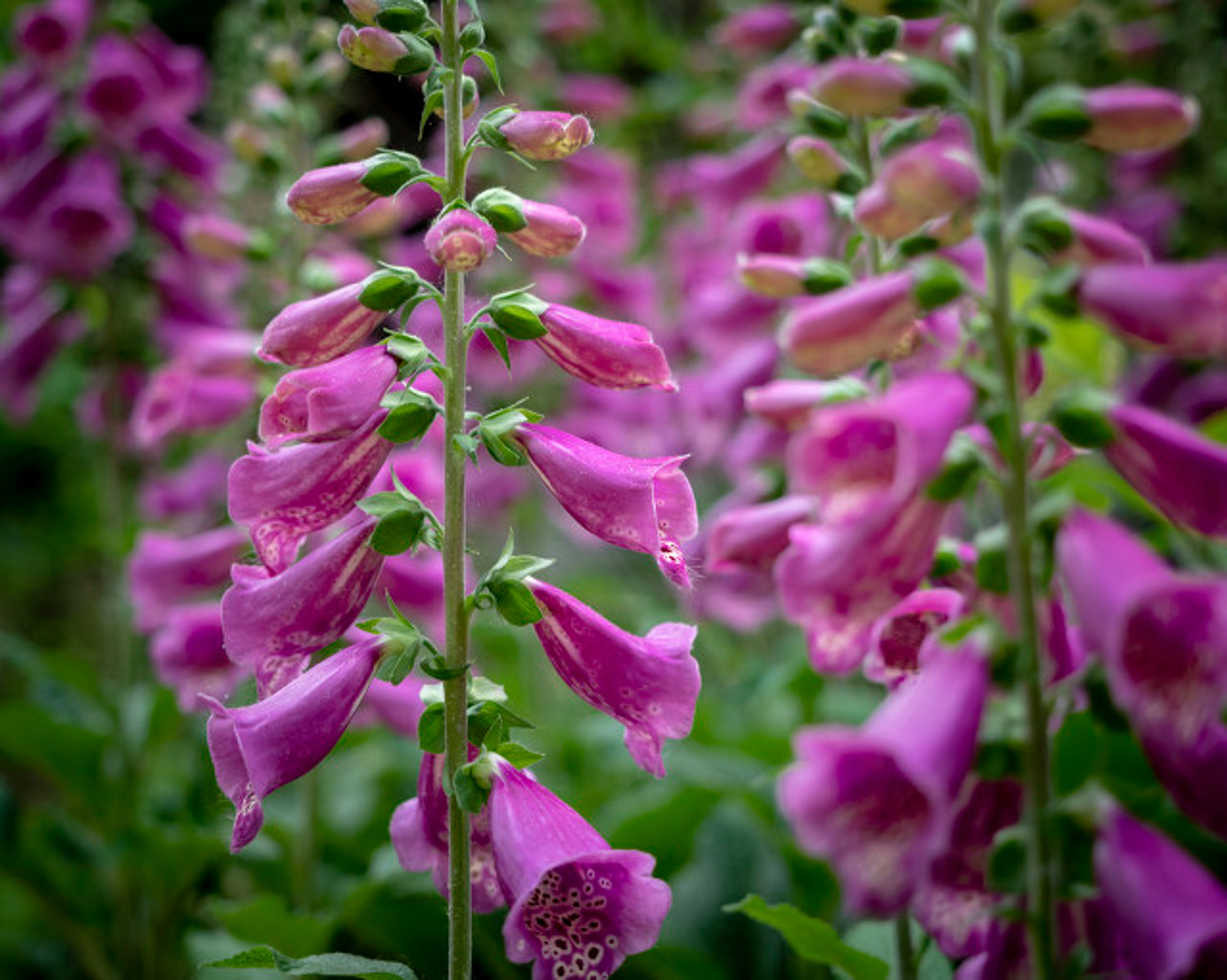
3、 Land preparation and fertilization
Rehmannia glutinosa is resistant to drought and barrenness and has low requirements for soil, but it grows better in loose, fertile and well drained soil. Before sowing, we need to use the rotten horse manure as the base fertilizer, sprinkle it on the soil, and then deeply plough and level it, so that the fertilizer can enter it. Loosen soil and weed regularly to prevent weeds from absorbing nutrients and occupying growth space
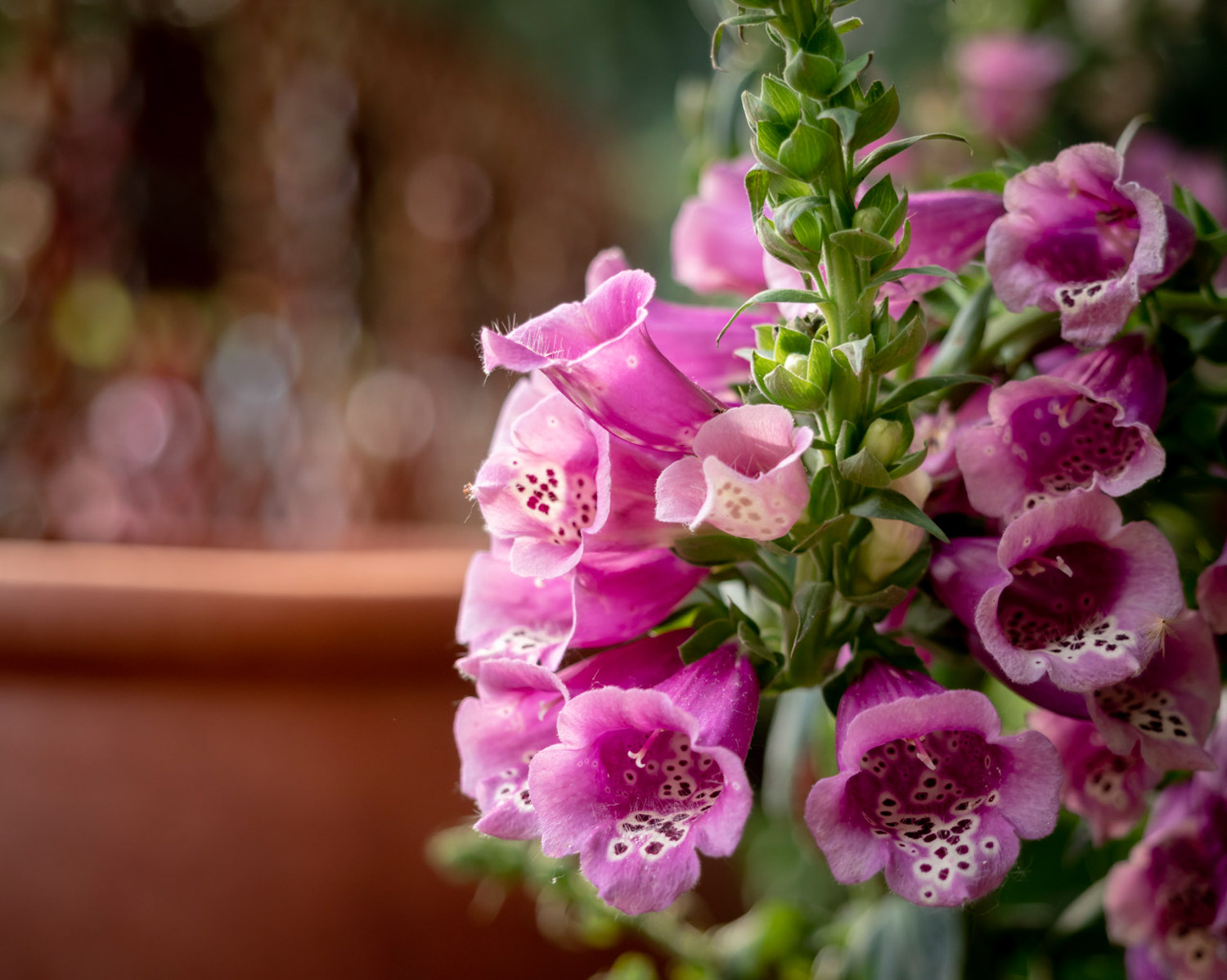
4、 Planting
The seeds of Rehmannia glutinosa were sown on the soil surface, and then covered with a thin mat to keep warm. It is usually opened at 10 a.m. and closed in the afternoon. After the seedlings grow 3-5 leaves, they can be colonized and watered after planting. For spring sowing, fertilizer should be applied once in June and the second time in mid August

 how many times do yo...
how many times do yo... how many planted tre...
how many planted tre... how many pine trees ...
how many pine trees ... how many pecan trees...
how many pecan trees... how many plants comp...
how many plants comp... how many plants can ...
how many plants can ... how many plants and ...
how many plants and ... how many pepper plan...
how many pepper plan...
